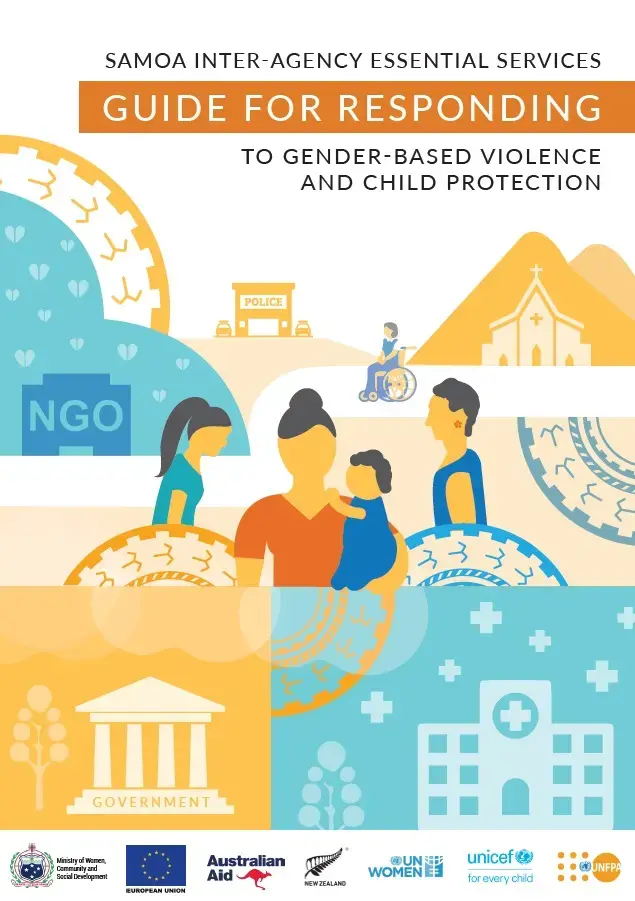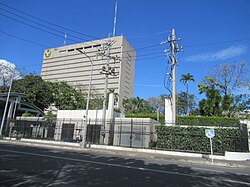An 8.8-magnitude earthquake off Russia's Kamchatka Peninsula triggered tsunami warnings throughout the Pacific region, prompting mass evacuations across several countries. However, authorities have now canceled or reduced alerts, allowing evacuated populations to return to their homes.
The quake, one of the strongest recorded since 1900, struck on July 30, 2025, causing predicted tsunami surges up to four meters (12 feet) in parts of the Pacific rim. Governments from Japan to the United States and Ecuador advised coastal residents to move to higher ground as a precaution.
Peru responded by shutting down 65 of its 121 Pacific ports, and flight operations were suspended on Maui island in Hawaii. Japan ordered nearly two million people to evacuate before later rescinding warnings. The Fukushima nuclear plant was temporarily evacuated as a safety measure. Tragically, one fatality was reported in Japan when a woman died after driving off a cliff while fleeing.
Chile undertook what its Interior Ministry described as "perhaps the most massive evacuation ever carried out in our country," relocating 1.4 million people. Fortunately, the country experienced no damage and only small waves of approximately 60 centimeters (two feet) were recorded along its northern coastline.
In Ecuador's Galapagos Islands, where waves up to three meters were expected, local authorities confirmed the tsunami danger had passed without incident. Residents like Santa Cruz native Isabel Grijalva expressed relief, noting that normal activities, such as dining and tourism, have resumed.
The most severe impact occurred in Russia, where a tsunami devastated the port town of Severo-Kurilsk. Floodwaters swept through the fishing plant and coastal infrastructure, reaching about 400 meters inland near a World War II monument. Russian state media broadcast scenes of buildings and debris carried out to sea. Despite the quake's strength, damage and injuries remained limited.
Shortly after the earthquake, Russia’s Klyuchevskoy volcano erupted, emitting lava and explosions, as reported by the Geophysical Survey.
Geologists have warned of aftershocks potentially reaching magnitudes up to 7.5, with the US Geological Survey estimating a 59 percent chance of another significant tremor in the coming week. This earthquake stands as the strongest in the Kamchatka region since the 1952 event and ranks among the ten most powerful since 1900 worldwide.
With tsunami threats now easing, affected Pacific nations are resuming normal operations while maintaining vigilance for aftershocks and further seismic activity.
Recommended For You

House Minority Lawmakers Renew Push for National Living Wage and Abolishment of Regional Wage Boards
Aug 04, 2025
Carmela Diaz

Study Reveals Barriers Prevent Filipino Youth From Reporting Online Sexual Abuse Amid Global Crisis
Aug 04, 2025
Luisito Castro

Philippine Women’s Football Team Drawn in Group A for 2026 AFC Women’s Asian Cup
Aug 04, 2025
Ricardo Fernandez

BSP Considers Further 25-Basis-Point Rate Cut Amid Economic Developments
Aug 04, 2025
Carmela Diaz
